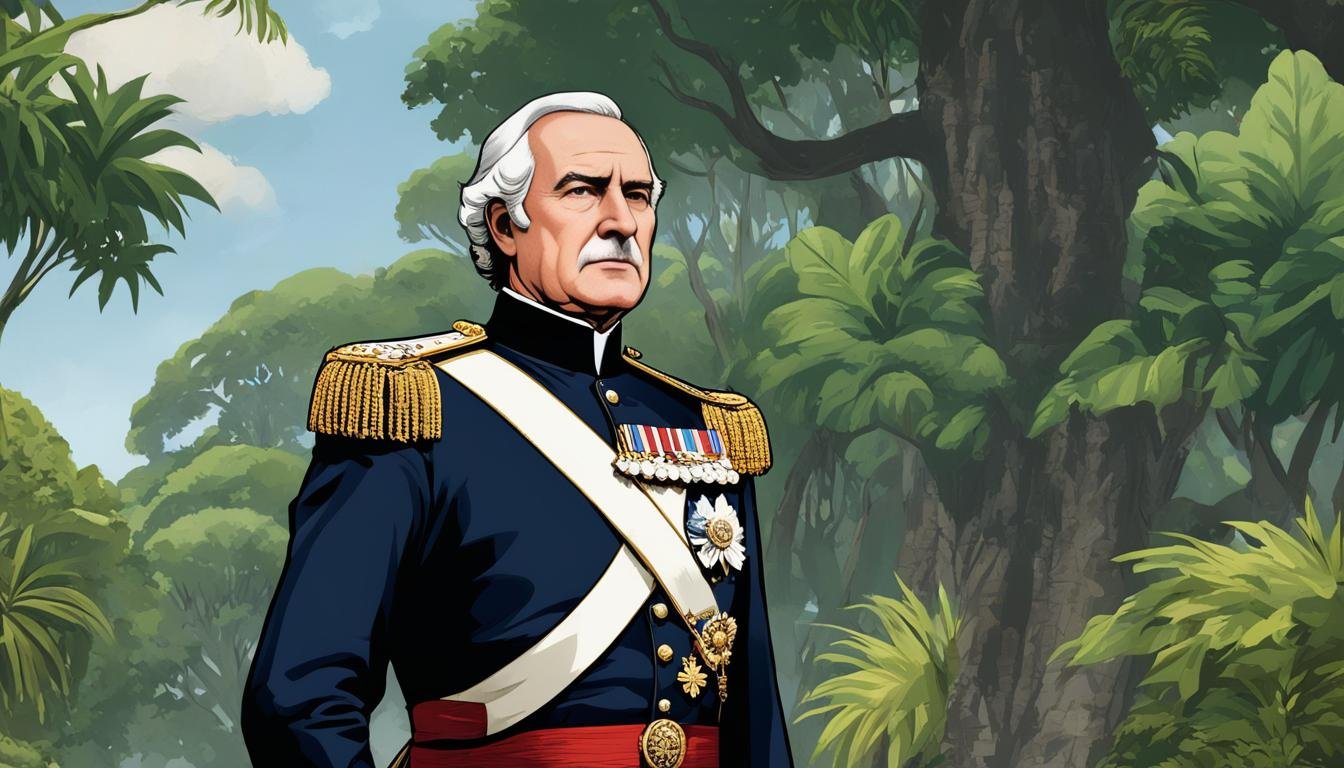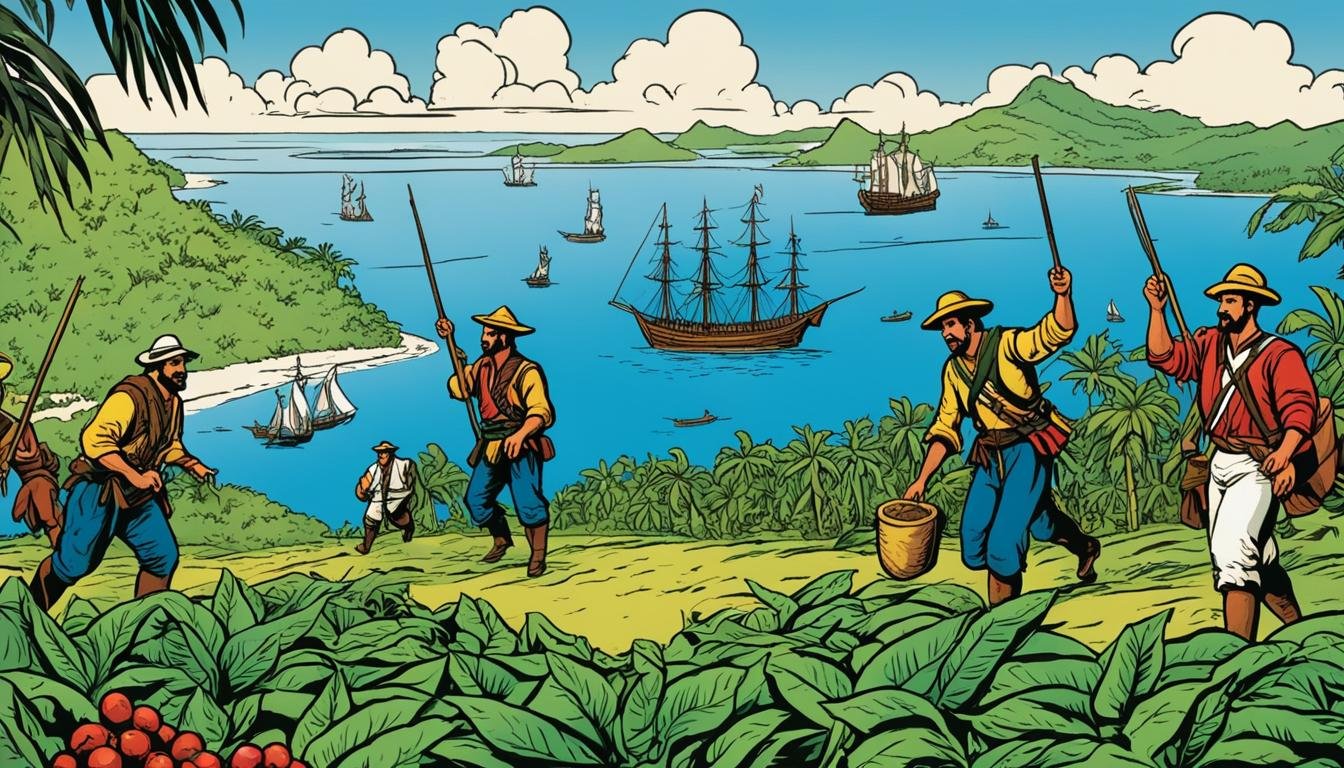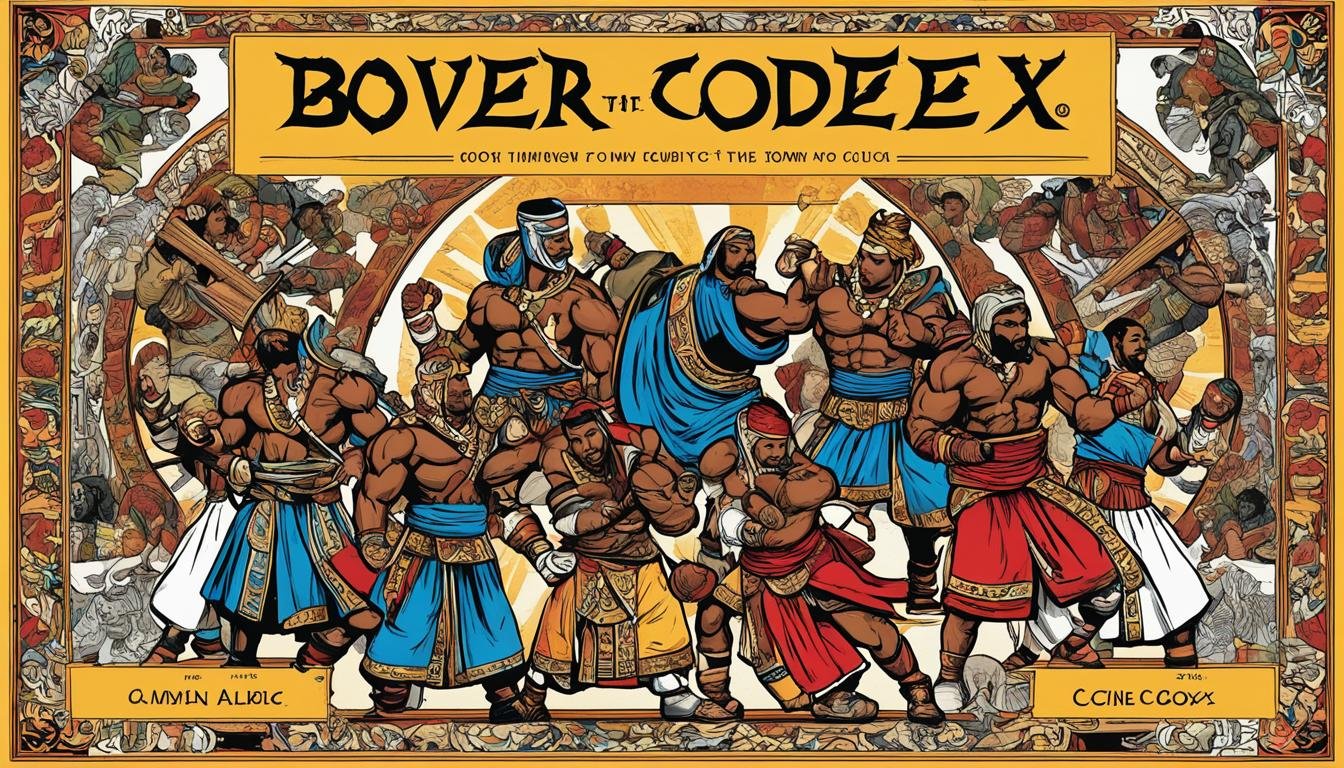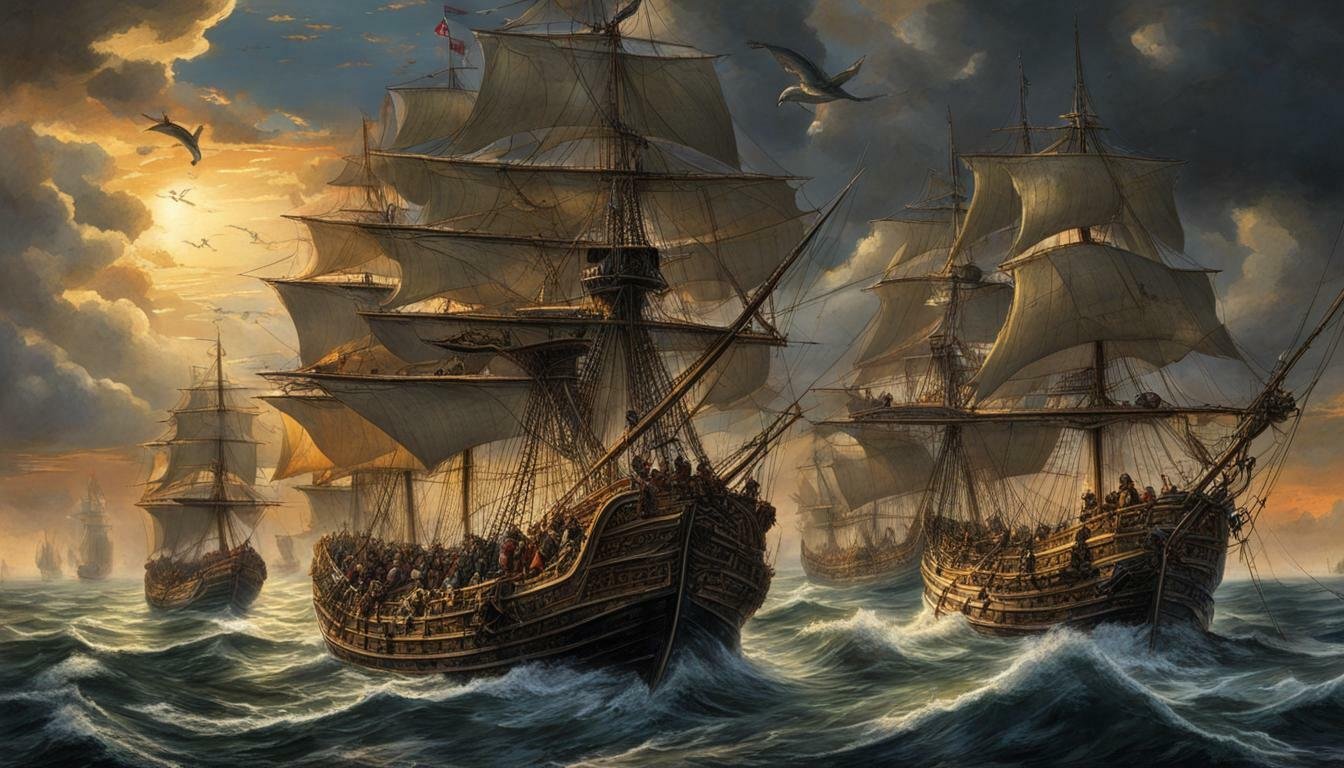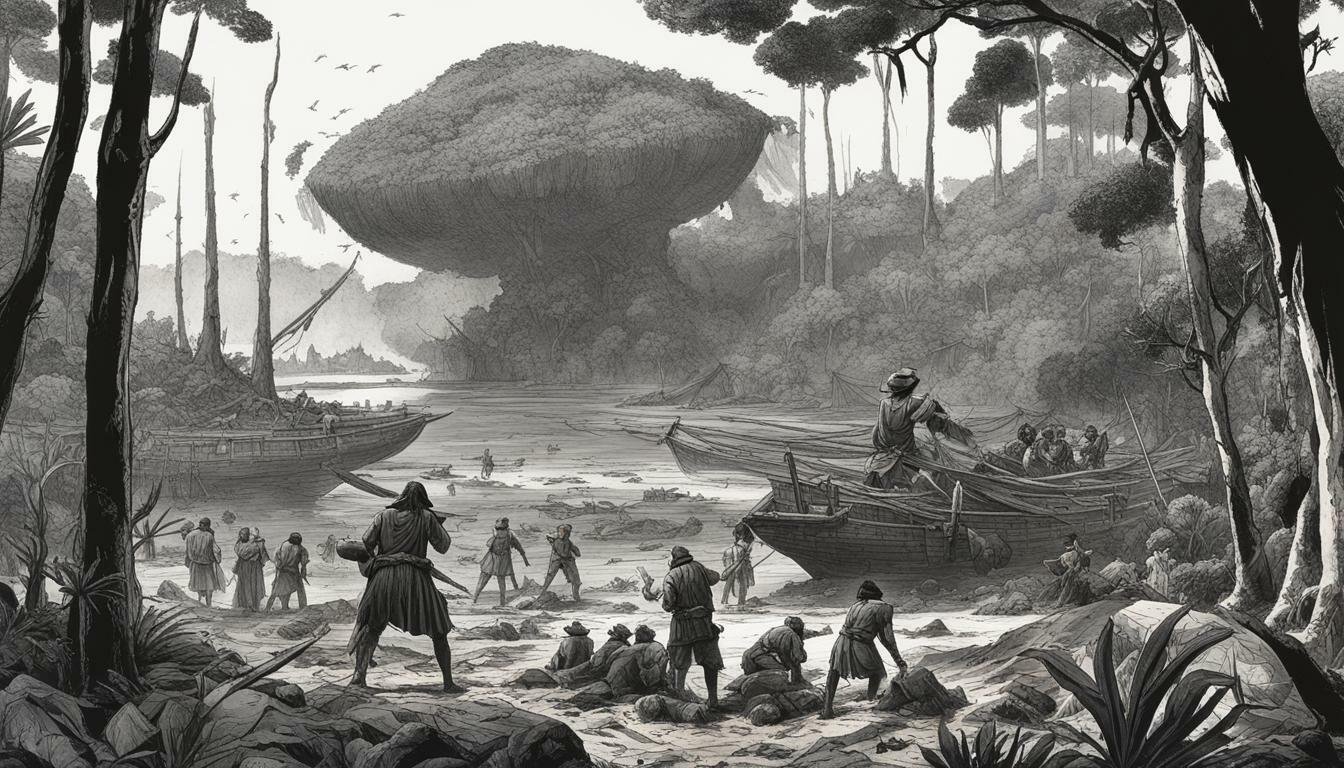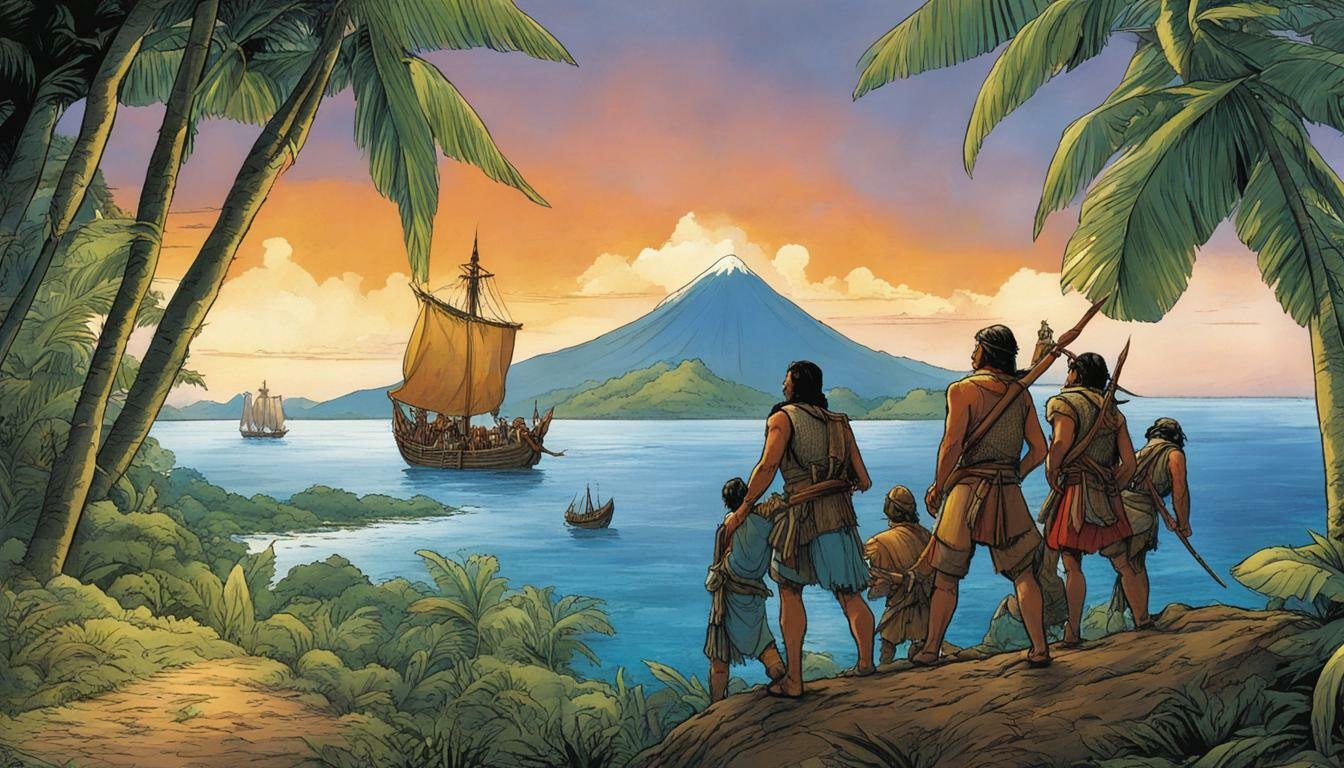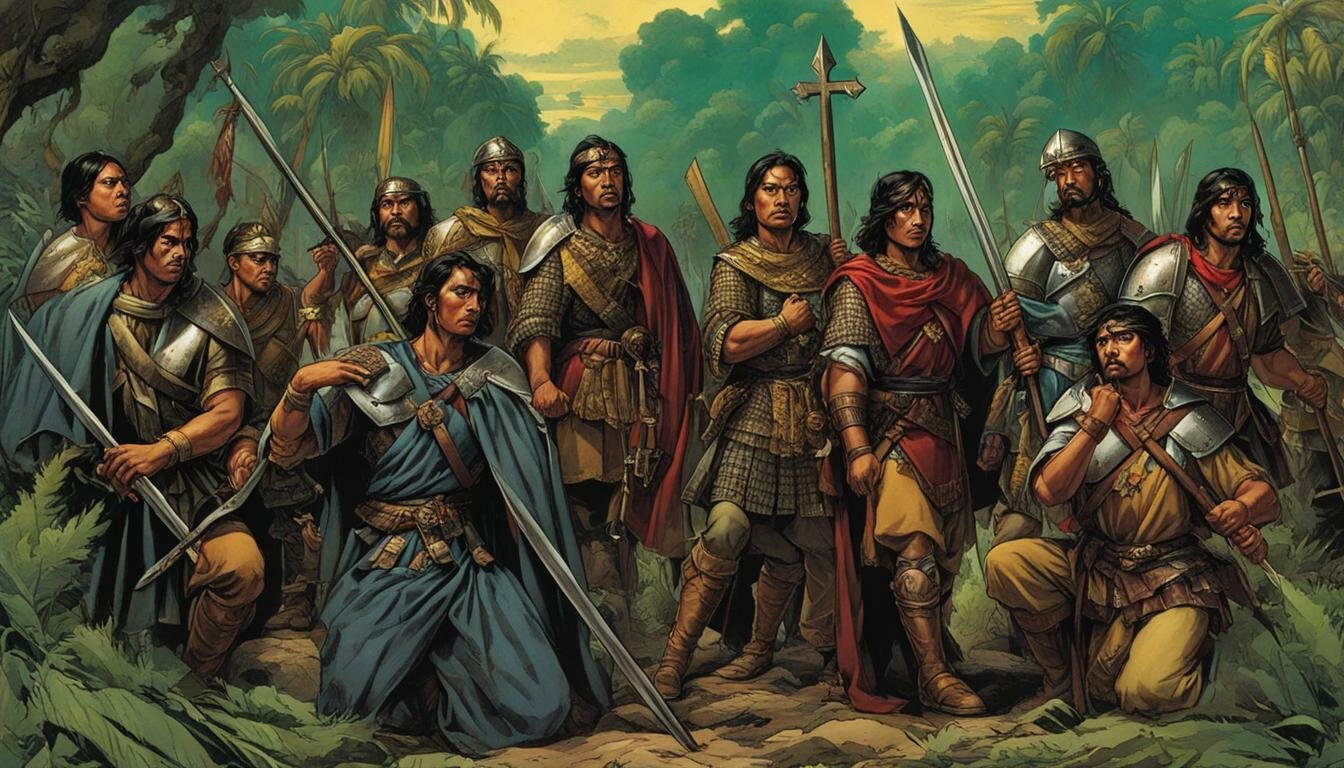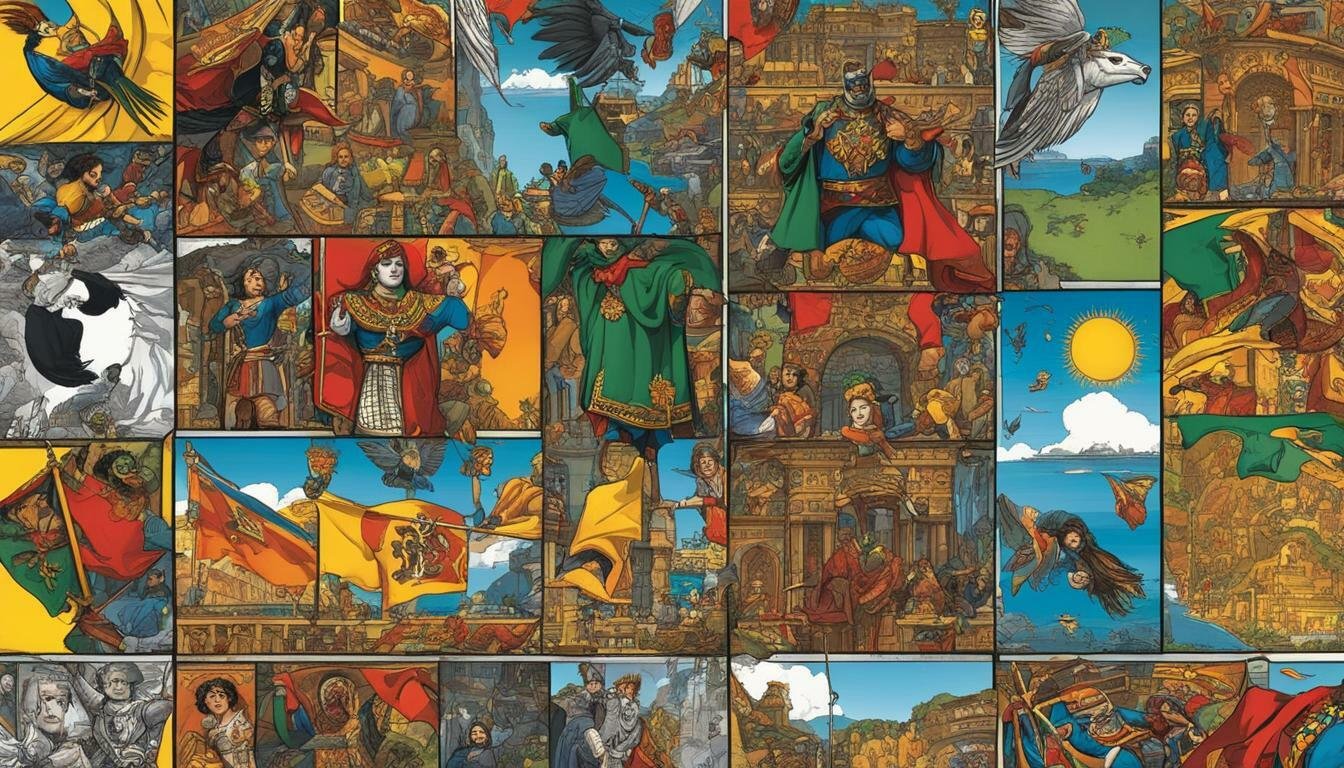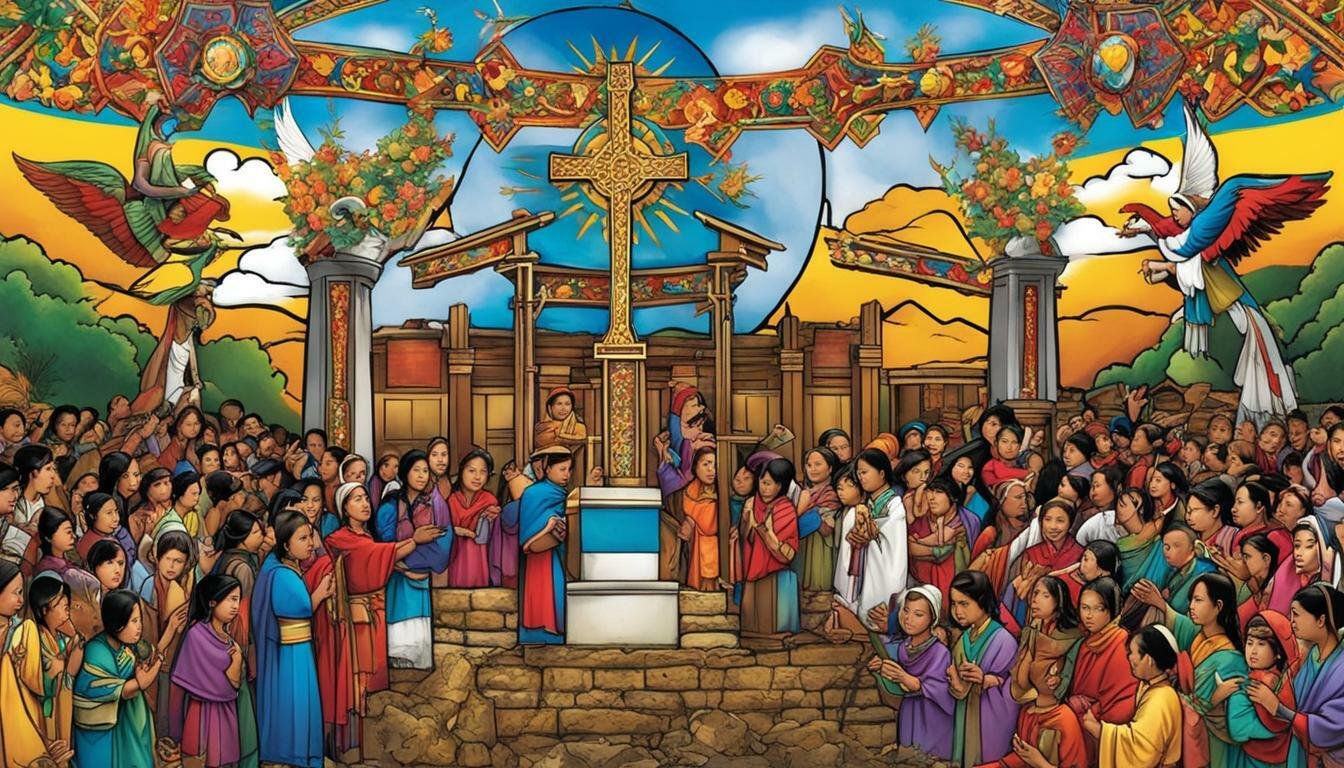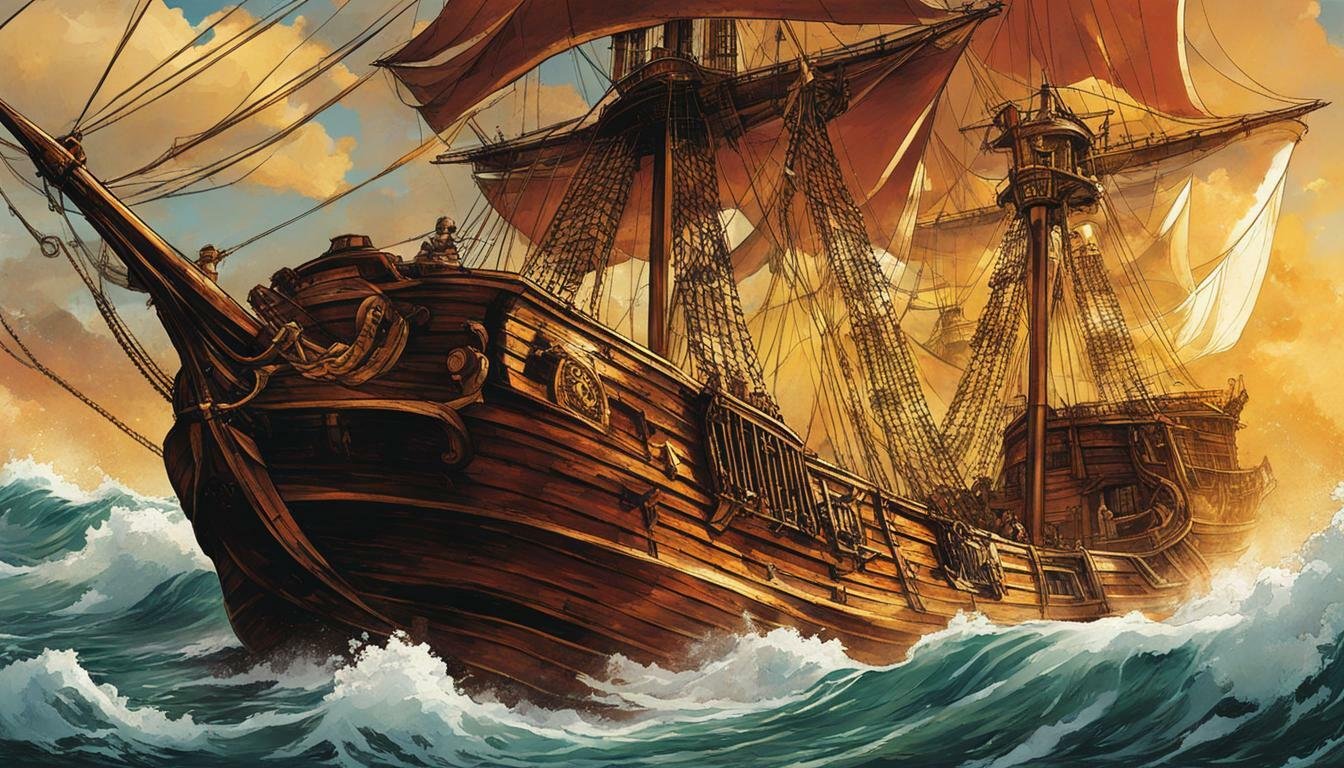For over three centuries, from the mid-16th to the late 19th century, the Philippines was a distant yet vital outpost of the vast Spanish Empire. At the apex of the colonial administration, representing the King of Spain in the archipelago, stood the Governor-General. This single office held immense power, shaping the destiny of the islands,…
Spanish Colonial Period (1521-1898)
Spanish Introduction of Tobacco and Coffee in the Philippines
The arrival of the Spanish in the Philippines in the 16th century marked a profound turning point in the archipelago’s history. Beyond the political and religious transformations, the colonial period fundamentally altered the economic history of the Philippines, particularly through the introduction and propagation of new cash crops. Among the most significant were tobacco and…
Exploring the Boxer Codex: A Window into 16th Century Cultures
Imagine holding a document, created over four centuries ago, that visually and textually captures the vibrant, complex societies of an archipelago on the cusp of dramatic change. Such a document exists, offering an unparalleled glimpse into the 16th Century Cultures Philippines: the remarkable Boxer Codex. More than just a collection of paintings and text, this…
Discovering Legazpi’s Expedition to the Philippines 1565
The year 1565 marks a pivotal turning point in the history of the Philippines. While the arrival of Ferdinand Magellan in 1521 is often cited as the initial European contact, it was the Legazpi’s Expedition in 1565, led by Miguel López de Legazpi, that initiated the enduring era of Spanish colonization Philippines. This voyage was…
Exploitation of the Philippines Natural Resources by the Spanish Colonizers
The history of the Spanish Colonial Period Philippines, spanning over three centuries from the arrival of Ferdinand Magellan in 1521 to the end of Spanish rule in 1898, is intrinsically linked to the exploitation of Philippines natural resources by the Spanish Colonizers. Driven by mercantilist ambitions, the Spanish Crown sought to extract wealth from its…
Legazpi: The Explorer Who Colonized the Philippines and Established Trade Routes
The 16th century marked a period of intense European exploration, driven by a quest for new lands, resources, and trade routes. Following Christopher Columbus’s “discovery” of the Americas, Spain turned its gaze westward across the vast Pacific Ocean. Its objective: to reach the fabled Spice Islands of Southeast Asia and secure a foothold in the…
Forced Conversion to Christianity in the Philippines
The arrival of the Spanish in the Philippine archipelago in the 16th century marked a pivotal moment in its history, initiating over three centuries of colonial rule. Beyond the political and economic transformations, one of the most profound and enduring impacts was the widespread introduction and eventual adoption of Christianity, primarily Roman Catholicism. The process…
The Spanish Instituted a Class System
The arrival of the Spanish in the Philippine archipelago in the 16th century marked a profound transformation, not only in governance and religion but fundamentally in the very structure of indigenous societies. One of the most enduring and impactful legacies of over three centuries of Spanish colonization Philippines was the establishment of a rigid and…
Spread of Christianity in the Philippines
The story of the Spread of Christianity in the Philippines is inextricably linked with the arrival of the Spanish in the 16th century. What began as a seemingly isolated event – a cross planted on a shore – evolved over centuries into the defining cultural and spiritual characteristic of the archipelago. Today, the Philippines stands…
The Manila-Acapulco Galleon Trade
The vast expanse of the Pacific Ocean, a formidable barrier for centuries, became a crucial bridge for global commerce with the establishment of The Manila-Acapulco Galleon Trade. For 250 years, from the late 16th century to the early 19th century, this maritime lifeline connected Asia with the Americas and, through the Americas, with Europe, fundamentally…

